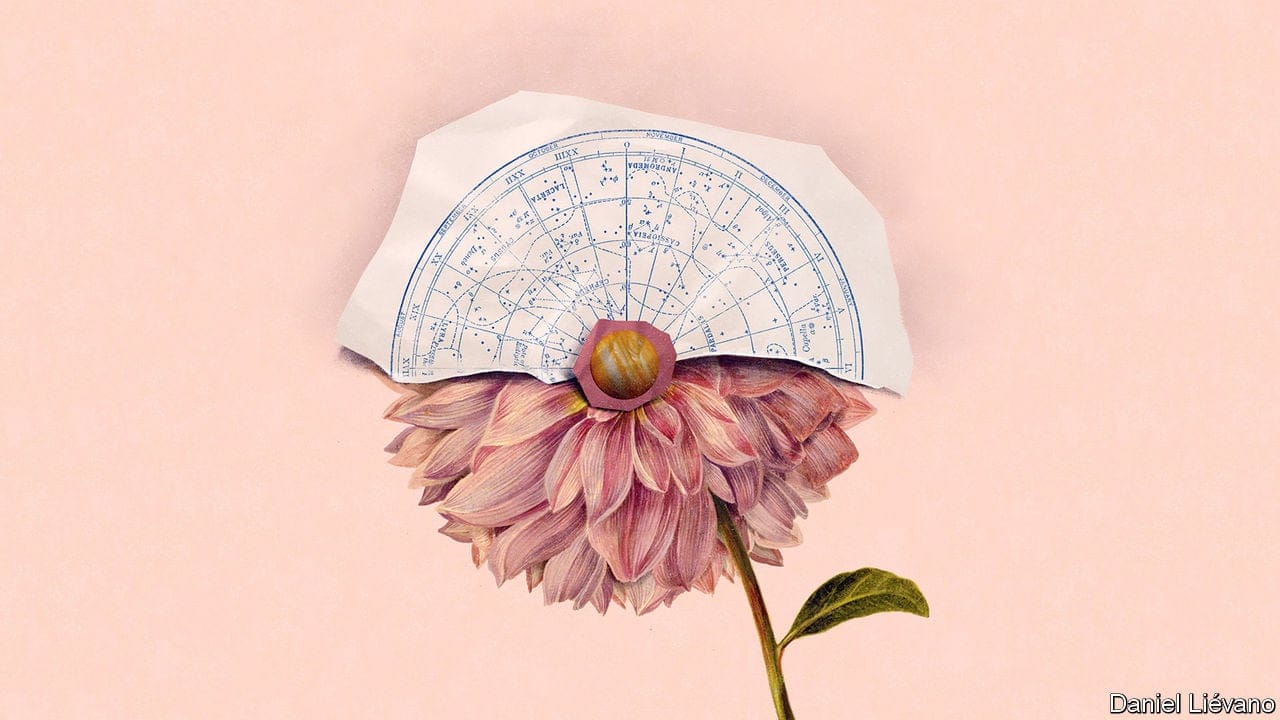Finding living planets
Life evolves on planets. And planets with life evolve

MOST PIECES in this series of briefs have stayed within the realm of the biological, examining life at the levels of the species, the individual, the organ and the cell. But the first dealt with a subject central to biology but not inherently of it: molecules. No molecule can be said to be truly alive, and not all molecules are biological. But some are, and they are biological in distinctive, illuminating ways, revealing how life gets things done and passes information down the generations.
This article appeared in the Schools brief section of the print edition under the headline “Worlds enough, and time”
More from Schools brief

The race is on to control the global supply chain for AI chips
The focus is no longer just on faster chips, but on more chips clustered together

AI firms will soon exhaust most of the internet’s data
Can they create more?

A short history of AI
In the first of six weekly briefs, we ask how AI overcame decades of underdelivering
On the origin of “species”
The term, though widely used, is hard to define
Making your way in the world
An individual’s life story is a dance to the music of time
How organisms are organised
Like any well-run operation, a body is made of specialised parts
